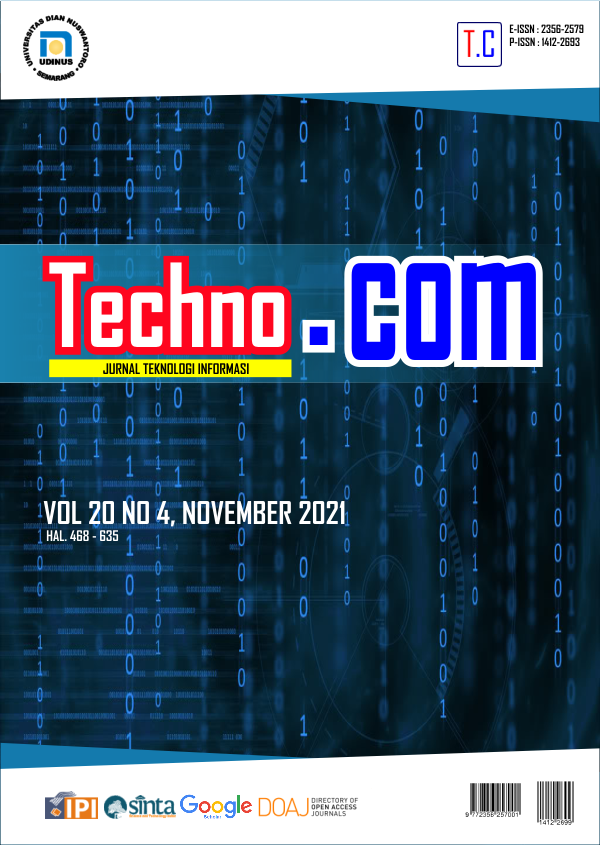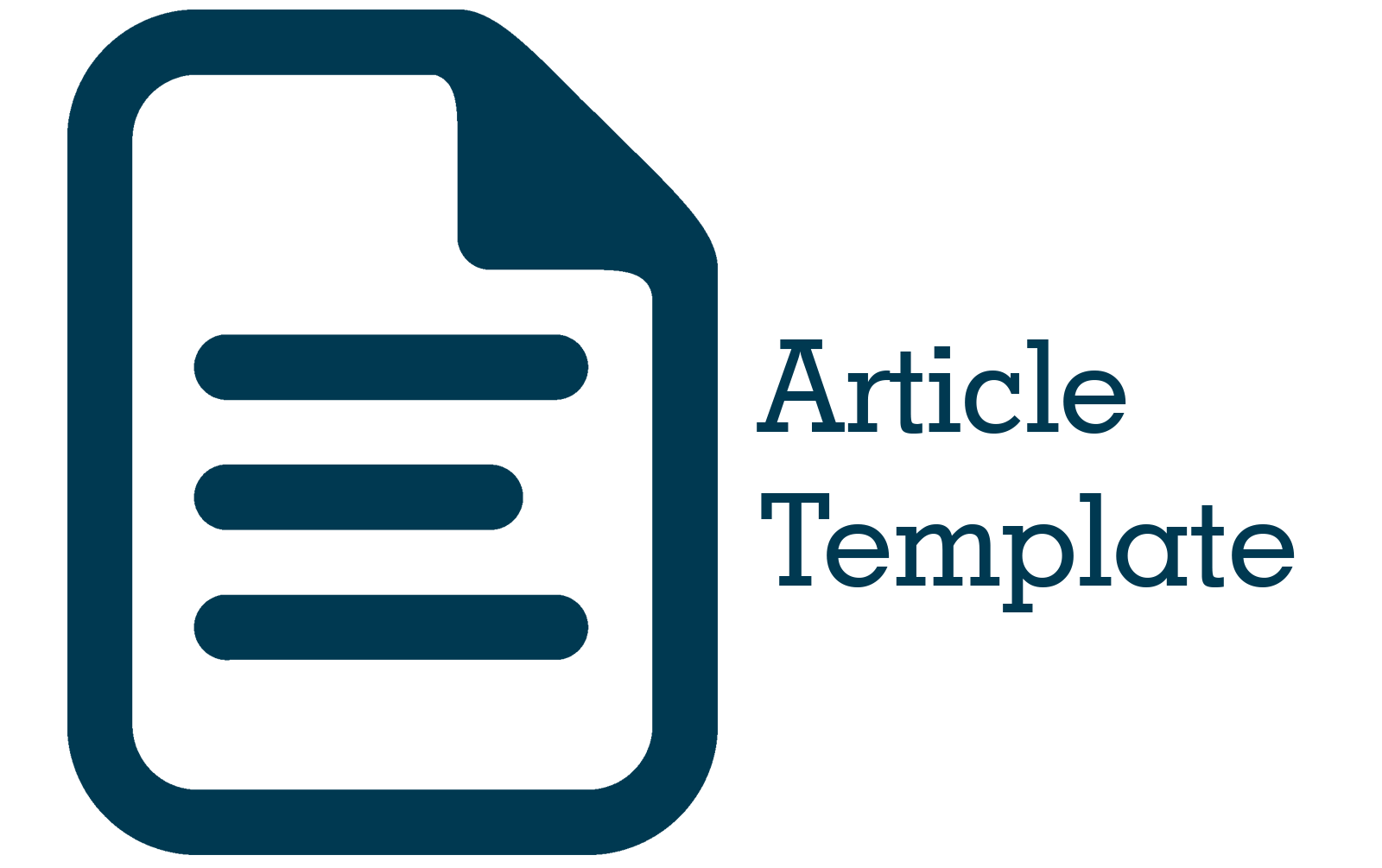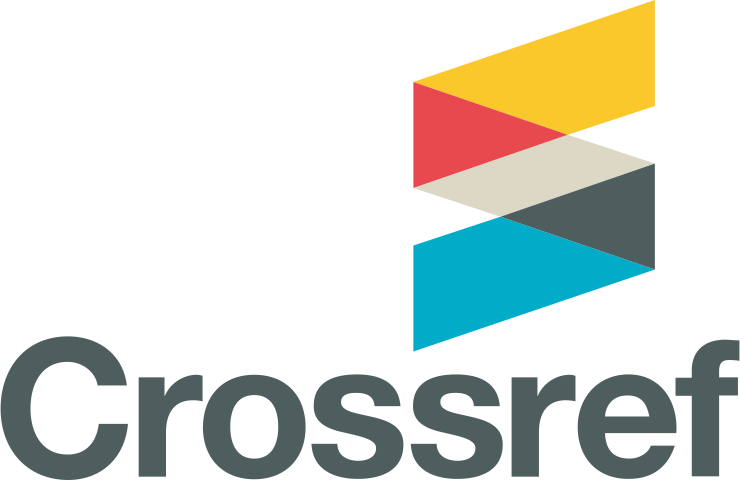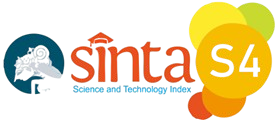Monitoring Program Keluarga Harapan Berbasis Mobile GIS Menggunakan K-Means Clustering
DOI:
https://doi.org/10.33633/tc.v20i4.4463Keywords:
K-means Clustering, Family Hope Program, Poor Families, MobileAbstract
Poverty is a condition that is below the line of minimum requirement standard values, both for food and non-food. The Government of Indonesia has various programs to overcome poverty-based assistance social, including the family hope program. This family hope program is the provision of conditional cash assistance to very poor households in which there are pregnant women, toddlers, elementary, junior high, high school, elderly, and severe disabilities. The amount of assistance obtained based on the level of family poverty with poverty level parameters is seen from the many categories of very poor households concerned along with the obligation of participants to carry out important commitments in the field of Health and Education. The purpose of this research is the development of a mobile-based poor family monitoring application using the k-means clustering method. Validity test results using sample data 21, it can be concluded that the system can group poor families into 7 clusters with a thoroughness rate of 90.4%. Based on these results, K-Means Clustering can be said to have a high accuracy value for clustering poor families.References
Badan Pusat Statistik, “Profil Kemiskinan Di Indonesia Maret 2017,” Badan Pusat Statistik, no. 66, pp. 1–8, 2017.
Kementerian Sosial Republik Indonesia, “Panduan pelaksanaan PKH 2020.” pp. 3–14, 2020.
T. Taslim and F. Fajrizal, “Penerapan algorithma k-mean untuk clustering data obat pada puskesmas rumbai,” Digit. Zo. J. Teknol. Inf. dan Komun., vol. 7, no. 2, pp. 108–114, 2016, doi: 10.31849/digitalzone.v7i2.602.
Eric Fammaldo dan Lukman Hakim, “Penerapan Algoritma K-Means Clustering Untuk Pengelompokan Tingkat Kesejahteraan Keluarga Untuk Program Kartu Indonesia Pintar,” J. Ilm. Teknol. Inf. Terap., vol. V, no. 1, pp. 24–32, 2018.
N. Sakinah, E. Buulolo, and N. Sitompul, “Kelayakan Keluarga Penerima Raskin ( Studi Kasus : Kantor Kelurahan Bantan Timur ),” vol. 7, pp. 313–318, 2019.
Soemartini and E. Supartini, “Analisis K-Means Cluster Untuk Pengelompokan Kabupaten / Kota Di Jawabarat Berdasarkan Indikator Masyarakat,” in Konferensi Nasional Penelitian Matematika dan Pembelajarannya II (KNPMP II) Universitas Muhammadiyah Surakarta, 2017, pp. 144–154.
K. dan P. A. J. Dina Sunia, “Penerapan Data Mining untuk Clustering Data Penduduk Miskin Menggunakan Algoritma K-Means,” J. Ilm. Mhs. Tek. Inform., vol. Vol 1 No 2, no. 2016, pp. 121–134, 2019.
M. Nanda Variestha Waworuntu and M. F. Amin, “Penerapan Metode K-Means Pemetaan Calon Penerima JAMKESDA,” Kumpilan J. Ilmu Komput., vol. 05, no. 02, pp. 190–200, 2018, [Online]. Available: http://klik.ulm.ac.id/index.php/klik/article/view/157 (05 Juni 2020).
R. Wahyudi and T. Astuti, “Sistem Informasi Geografis (Sig) Pemetaan Bencana Alam Kabupaten Banyumas Berbasis Web,” J. Teknol. dan Inf., vol. 9, no. 1, pp. 55–65, 2019, doi: 10.34010/jati.v9i1.1448.
U. Setyawan, A. Haryoko, and A. Arifia, “Sistem Informasi Geografis Pemetaan Warga Miskin Yang Pantas Mendapat Bantuan Menggunakan Metode Clustering K-Means,” no. September, pp. 4–6, 2018.
Downloads
Published
Issue
Section
License
Copyright (c) 2021 Ahmad Muhariya, Bebas Widada, Sri Siswanti

This work is licensed under a Creative Commons Attribution-NonCommercial 4.0 International License.
License Terms
All articles published in Techno.COM Journal are licensed under the Creative Commons Attribution-NonCommercial 4.0 International (CC BY-NC 4.0). This means:
1. Attribution
Readers and users are free to:
-
Share – Copy and redistribute the material in any medium or format.
-
Adapt – Remix, transform, and build upon the material.
As long as proper credit is given to the original work by citing the author(s) and the journal.
2. Non-Commercial Use
-
The material cannot be used for commercial purposes.
-
Commercial use includes selling the content, using it in commercial advertising, or integrating it into products/services for profit.
3. Rights of Authors
-
Authors retain copyright and grant Techno.COM Journal the right to publish the article.
-
Authors can distribute their work (e.g., in institutional repositories or personal websites) with proper acknowledgment of the journal.
4. No Additional Restrictions
-
The journal cannot apply legal terms or technological measures that restrict others from using the material in ways allowed by the license.
5. Disclaimer
-
The journal is not responsible for how the published content is used by third parties.
-
The opinions expressed in the articles are solely those of the authors.
For more details, visit the Creative Commons License Page:
? https://creativecommons.org/licenses/by-nc/4.0/












